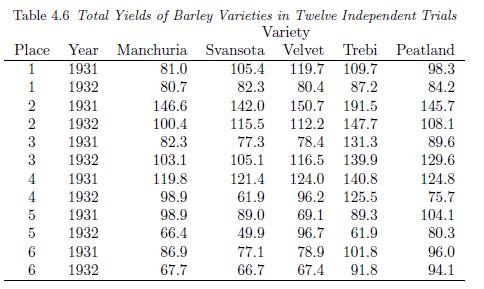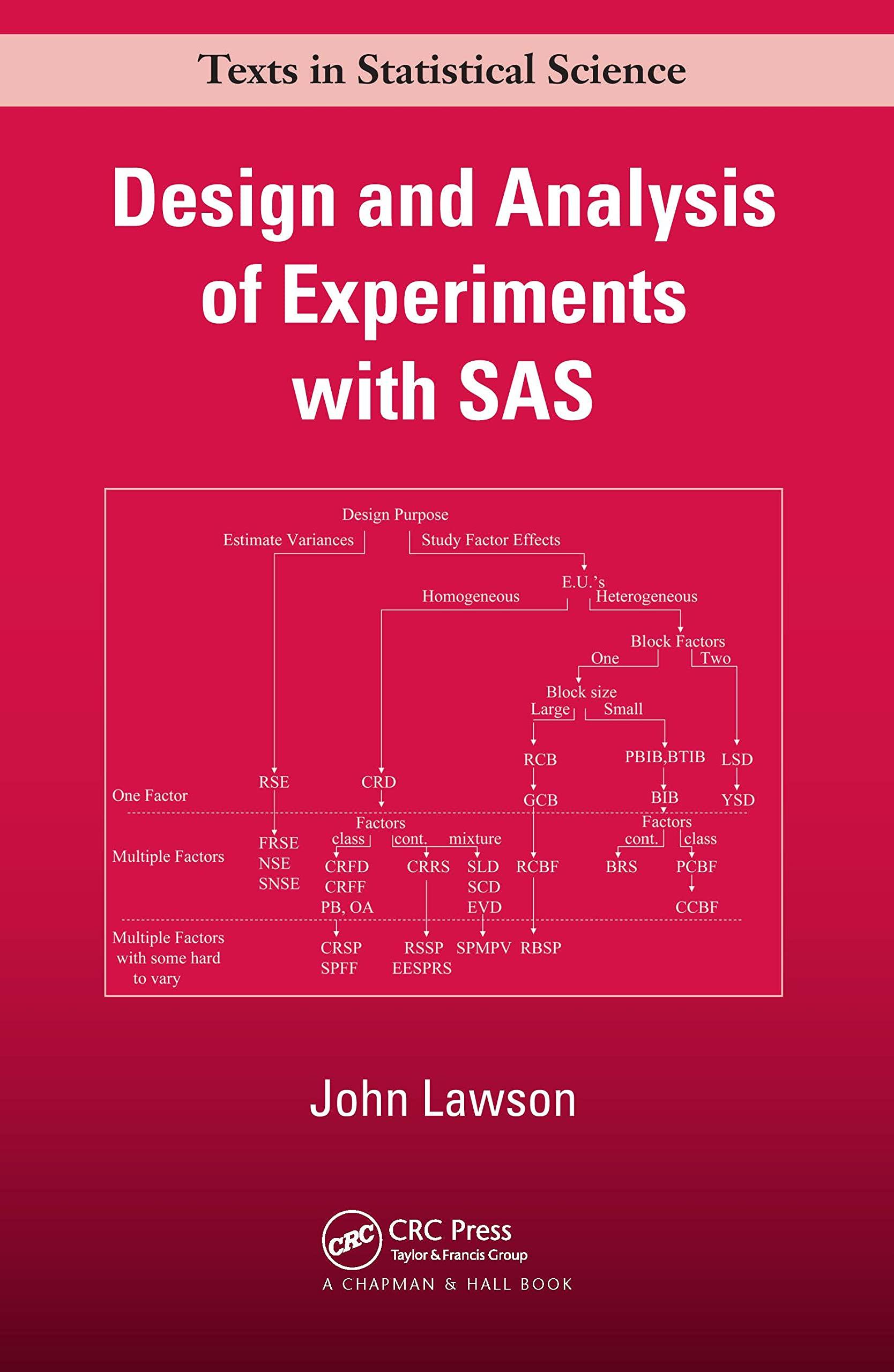4. Horiuchi et al. (2005) conducted an experiment during Japan's 2004 Upper House election. The purpose of
Question:
4. Horiuchi et al. (2005) conducted an experiment during Japan's 2004 Upper House election. The purpose of the experiment was to test the hypothesis that voter turnout is inuenced by the amount of information available

to voters. Potential voters were contacted by email and asked to ll out a screening survey and participate in the study. In the screening survey potential voters were asked what their gender was and whether they were planning to vote in the upcoming election (yes, no, or undecided). This information is known to be correlated with voter participation. Next, the respondents to the screening survey were randomly assigned to one of four groups. The rst group was asked via email to view the ocial web site of the LDP party that shows their policy proposal. The second group was asked to view the web site of the DPJ party that shows their policy pro-
posal. A third group was asked to view both web sites, and a fourth group was not asked to visit any web site prior to the election. Each participant was again contacted after the election to nd out whether he or she had voted in the election or not.
(a) What was the treatment factor in this study?
(b) What was the experimental unit?
(c) What is the response?
(d) If potential voters were classied into the following six groups based on the screening survey Male - plans to vote Female - plans to vote Male - does not plan to vote Female - does not plan to vote Male - undecided Female - undecided should this information be used in assigning respondents to the four groups? Why or why not?
(e) Explain how you would analyze the resulting data. What model would you use, what is the distribution of the dependent variable, etc.?
Step by Step Answer:







